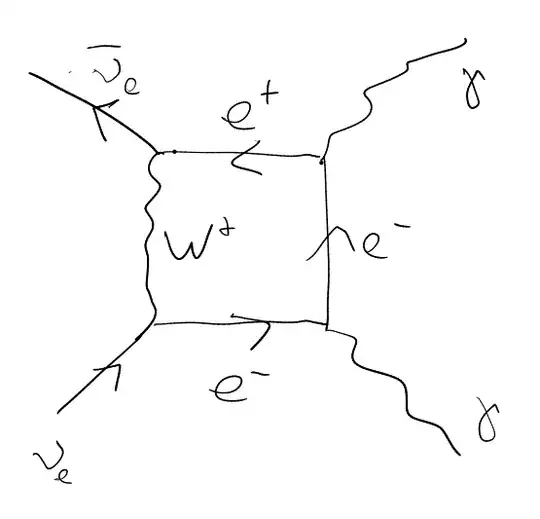If we have a neutrino $\nu_e$ and an antineutrino $\bar{\nu_e}$, one would expect that a possible interaction would be that they would annihilate each other, producing possibly two photons. I do not believe that this has been observed, however it would certainly be expected based on other particle/antiparticle pairs which have been observed.
If we consider the time reversal of that interaction, we would have two photons interacting, producing a neutrino/antineutrino pair.
One would naively expect it to be possible fairly easily; the rest mass of a neutrino is unclear; it is speculated to be around $1$ eV (perhaps within an order of magnitude); this level of energy can be achieved with visible or near ultraviolet photons.
However, it obviously doesn't happen (or, at best, happens extremely rarely); if it did happen, one would observe photons 'disappearing' (as the generated neutrinos are effectively invisible), and we don't see that. And, if it did happen, observing when it did happen would allow us to get a much better estimate of the neutrino rest mass.
So, my question is: do we know of a reason why this doesn't happen?
